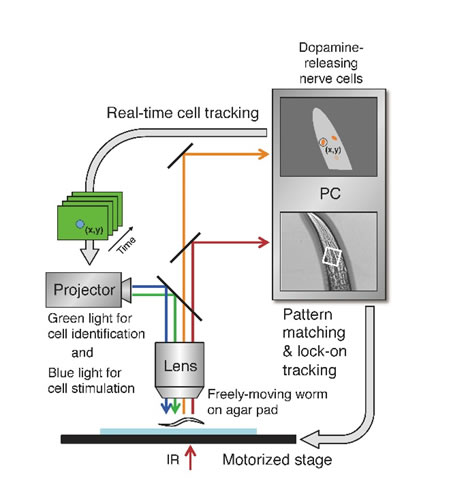Figure 1. Schematic drawing of the robot microscope system for optical manipulation of a nerve cell. (Adapted from Tanimoto et al., Scientific Reports)
Activity of nerve cell in freely moving animal analyzed by new robot microscope system
Researchers from Osaka University and Tohoku University have developed a novel robot microscope system that automatically tracks a freely moving small animal and manipulates its brain activity with “projection mapping.”
They’ve named the system OSaCaBeN or OSB. (Figure 1).

By using the robot-scope in their analysis of the nematode C. elegans – a roundworm widely used in the study of fundamental brain functions – the researchers revealed the functional diversification of nerve cells that release dopamine. Dopamine is a chemical that regulates movement, emotion and motivation in the brain of animals.
To understand how the brain works, it is necessary to measure activities of nerve cells in the brain and make a hypothesis of how the activity of a specific nerve cell is related to the function of the brain.
The hypothesis is then tested by artificially manipulating the activity of the nerve cell and observing its effect on the animal’s behavior, the most prominent output of brain function.
(Link) http://resou.osaka-u.ac.jp/en/research/2016/20160519_1











